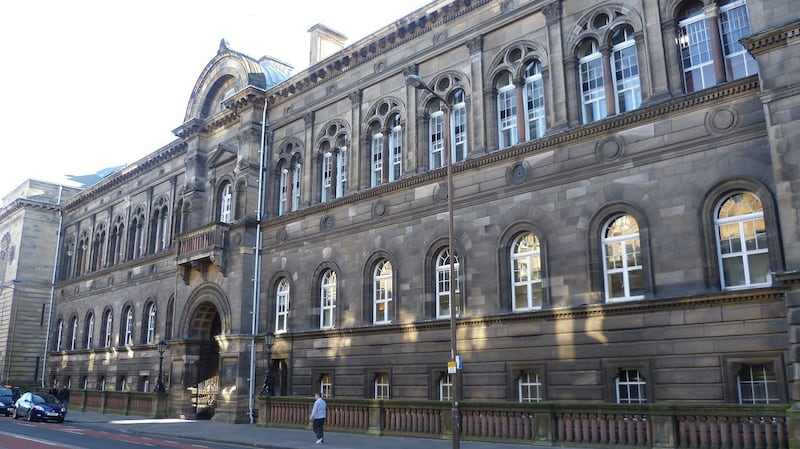For anyone lucky enough to be heading to Edinburgh for the city’s annual outpouring of arts activity in August, it would be hard to miss the university. The buildings that house its various faculties are woven like a granite thread through the streets of the old city; and on Teviot Place, one of the stars of the show is the University of Edinburgh Medical School, with its grand quadrangles and impressive Italian Renaissance-style facade.
It was established in 1726 during the Scottish Enlightenment and is one of the oldest, and still one of the most highly regarded, medical schools in the English-speaking world. It has had three Nobel prizewinners through its doors as well as Alexander Fleming, Charles Darwin, Arthur Conan Doyle, Thomas Addison (who discovered Addison’s disease), Thomas Hodgkins (of Hodgkin’s lymphoma) and groundbreaking researchers in the fields of genetics, cardiovascular medicine, neuroscience and goodness knows what else.

From Colles to corpses
Over the centuries this august institution has produced many talented Irish alumni. In 1797 Kilkenny-born Abraham Colles qualified at Edinburgh before returning to Dublin to work as a surgeon at Dr Steevens' Hospital; he was also elected president of the Royal College of Surgeons in Ireland at the age of 28. In 1825 it was the turn of Dominic Corrigan, a heart specialist and, later, a Liberal MP for Dublin, to graduate. He was followed by Sir William Brooke O'Shaughnessy, the man who introduced medical marijuana into medicine, in 1829.
One Irish connection with Edinburgh, though, is more tartan noir than tartan narcotic. William Burke was an Irish navvy who got a job in Scotland, working on the Union canal. He moved into a lodging house owned by William Hare, and the pair went into business supplying corpses for anatomy classes in the city. Unlike other “Resurrection Men” of the period who simply robbed graves for bodies, Burke and Hare helped their victims towards the dissecting table, murdering at least 15 people in 1828 alone. After Burke was hanged in January 1829, his skeleton was donated to the Anatomy Museum at the university, where it hangs to this day.
An all-male affair
Stranger than fiction? Perhaps. More intriguing still, however, is the story of Dr James Barry, a military surgeon in the British army. During a long and successful career he rose to the rank of inspector general of military hospitals, carried out the first successful Caesarean section in Africa and was instrumental in improving hospital conditions not just for wounded soldiers but also for indigenous women and children in the countries where he worked: India, Mauritius, Trinidad and Tobago, Malta and Canada.
When he died in 1865 the woman charged with laying out Barry’s body for burial, Sophia Bishop, revealed that he was in fact a woman. The British army sealed all records relating to him for 100 years, but recent investigations have revealed that Barry was born in Cork as Margaret Bulkley, the second child of a grocer named Jeremiah Bulkley, and a niece of the painter James Barry.
The family conspired to help Margaret pose as a man in order to enter the medical school, which was an all-male affair at that time.
Barry qualified as an MD in 1812 aged just 17 and lived as a man from then on.
Now that the mystery of Barry’s identity has been solved, another debate rages: was Barry a woman forced to live as a man, or a happy hermaphrodite, or a Victorian gender resistance hero/heroine? Pronouns apart, it probably doesn’t matter much. Barry was a spiky character, a rebel, a vegetarian, a teetotaller, a pioneering figure in the medical world – and an Irish connection whose life and work deserves to be better known.
If you know of an Irish connection which would interest readers of this column, please email awallace@irishtimes.com with details of the story, as well as your contact address















